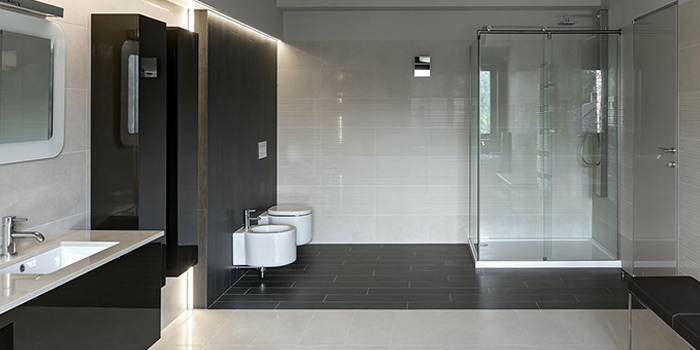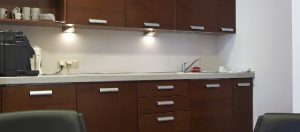Bathroom refurbishment is renovating or upgrading a bathroom to improve its functionality, aesthetics, or both. It can involve various aspects such as plumbing, electrical work, tiling, fixtures, and overall design. Here are some steps involved in a bathroom refurbishment project:
- Planning: Determine your goals and budget for the refurbishment. Consider factors such as the desired style, layout changes, fixtures, materials, and color schemes. Create a detailed plan or hire a professional designer to help you with this stage.
- Demolition: Remove existing fixtures, tiles, cabinets, and any other elements that are being replaced or upgraded. Ensure proper disposal of waste materials.
- Plumbing and Electrical Work: If you’re making changes to the layout or fixtures, you may need to adjust the plumbing and electrical systems accordingly. This may involve moving pipes, installing new plumbing fixtures, rewiring, and adding or upgrading electrical outlets and lighting fixtures. It’s crucial to hire licensed professionals for this stage to ensure compliance with safety standards.
- Flooring and Wall Tiles: Install new flooring and wall tiles based on your design preferences. There are various options available, such as ceramic tiles, porcelain tiles, natural stone, vinyl, or laminate flooring. Consider factors like durability, water resistance, and ease of maintenance when choosing materials.
- Fixtures and Cabinetry: Install new bathroom fixtures, including sinks, toilets, showers, bathtubs, taps, and showerheads. Replace or refinish cabinets, vanities, and countertops as needed. Consider both functionality and aesthetics when selecting these elements.
- Lighting and Ventilation: Install appropriate lighting fixtures to provide adequate illumination throughout the bathroom. Consider task lighting near the mirror and general ambient lighting for the overall space. Additionally, ensure proper ventilation to prevent mould and moisture-related issues by installing exhaust fans or improving existing ventilation systems.
- Painting and Finishing Touches: Apply a fresh coat of paint to the walls and ceiling, considering moisture-resistant and mildew-resistant options. Complete the refurbishment with finishing touches such as installing accessories, mirrors, towel racks, and shower curtains.
Throughout the refurbishment process, it’s important to prioritize safety and consider energy-efficient options to reduce water and energy consumption. Hiring professionals for tasks that require specialized expertise is advisable, especially for plumbing and electrical work.













